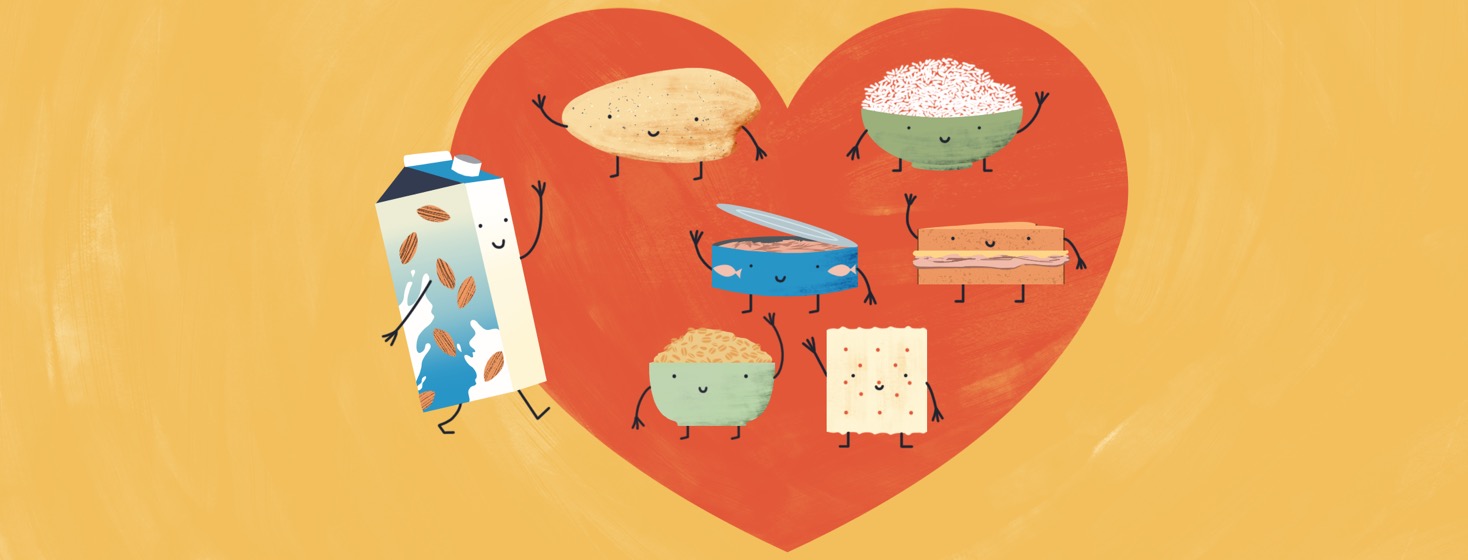Focusing On Safe Foods Instead of Triggers
"Make sure you avoid stimulants like caffeine, alcohol, unnatural sugars, cruciferous vegetables, anything with a peel, bubbly drinks, dairy in all forms, and more," I was told when I was first diagnosed. Much of this advice came from others with ulcerative colitis or Crohn's. As opposed to from my doctor, who told me to experiment and discover what worked well for me. I did not take his advice, though. Because I was so afraid of worsening my symptoms, I cut out tons of foods until I went into my first remission.
Food triggers are scary
When I was finally able to reintroduce foods like cheese and brownies and cold, crunchy salads, I was in bliss, and I realized how much I had stolen from myself in the process of worrying about everything as a trigger. Not only did I miss out on the tastes and textures I love for months, but I also eliminated a lot of the joy I found in experimenting in the kitchen.
This isn't to say that I don't have triggers. I actually do avoid caffeine and alcohol, in particular, as well as seeds. When I'm really sick, lots of things bother me, from raw vegetables to tomato sauce. Still, when I found myself in a new flare a few years later, I decided to change my outlook on eating. Instead of focusing on cutting out trigger foods, I tried to embrace my safe foods.
I made a list of foods that I can eat and that I enjoy. Pasta made that list, as did white and sourdough breads. I learned that I do well with mushrooms — even if many of my friends with UC don't — and that I can actually still eat pizza. I could have vegetables and fruits in blended form or soup form. Even though my list was limited, I appreciated focusing on what I could include rather than what I needed to let go of.
Embracing my "safe foods" for ulcerative colitis
I looked up recipes that included my safe foods, from pasta bakes to homemade baba ganoush to a million variations on tacos. Part of the allure of all this was taking what I knew I could eat and riffing on those ingredients. Though I had limitations, I was still changing up my daily meals, browsing food blogs, and sending pictures of my new creations to my friends and family. In a way, I felt normal, even though I was still running to the bathroom and seeing blood in the toilet.
On the days that I didn't have the energy to cook, I even found my safe foods on restaurant menus and ordered food to-go. Of course, pizza was high on my list, but I found that Thai noodle dishes were good as long as they weren't too spicy. Fresh Mediterranean food worked too, as long as I stayed away from raw vegetables.
Getting creative with my safe foods
This strategy to focus on what I could have imbued me with a sense of gratefulness. I was able to see that even in a terrible period of my life, food could be joy and connection, not an enemy. Even in my dark times, I could enjoy the beauty of tastes and smells, the excitement of something brewing in my kitchen.
As I got closer to remission, I added in even more foods, slowly expanding my list of safe foods, my palate, and my experimentation. I'll never forget that first list though, the one that seemed small, but actually sustained me for months – a bright spot as I healed.

Join the conversation